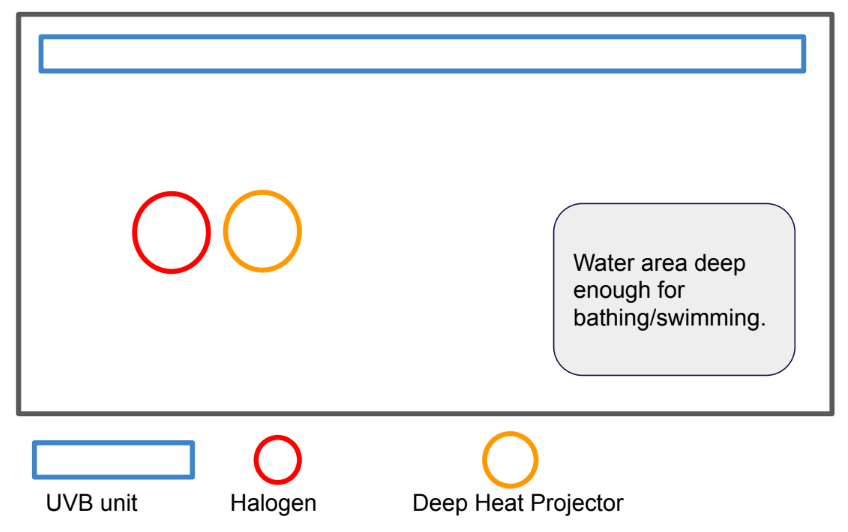Basilisk Information
The green basilisk is a long and thin lizard from tropical Central America. It is generally green or green/blue with dark stripes towards the back of the tail and top of the abdomen. Males of the species are generally larger and have large plumes on the head, running along the spine and down the tail.
The green basilisk will spend most of its time in trees above or around bodies of water. When threatened it can rear up on two legs using its tail to remain stable and run extremely quickly. The basilisk can also dive into water to attempt to avoid predators. One of the most interesting aspects of this lizard is that it has hydrophobic scales on the underside of its feet which allow it to run for short times over water. This is how the lizard gained its nickname, the ‘Jesus Christ’ lizard.
Keeping green basilisks is difficult, but their beautiful colors and exciting behavior make them a popular choice among reptile enthusiasts. Green basilisk lizards require large enclosures, controlled temperature, hydration, and constant attention to their diet.
Basilisk Husbandry
Daily Chores
● Fresh water daily
● Spot clean daily
● Spray Daily (Full clean once a month)
● Use F10 Veterinary Disinfectant
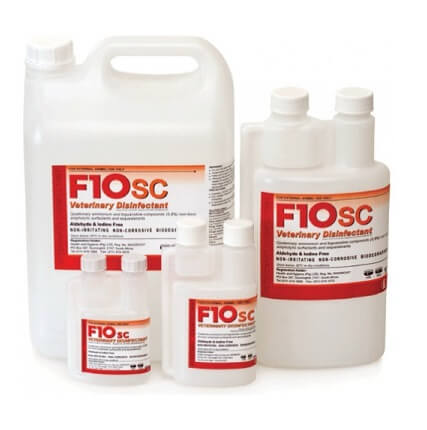
Vets and Insurance
● Exotics Vets are not easy to find, here in Brighton we use Coastways in Kemptown as they have an exotic vet called Celine. It is essential you find an exotic vet.
● There is insurance you can get for your reptile through Exotic Direct.

Handling Basilisk
Basilisks require patience and lots of work to get them to a handleable place.
Correct handling technique will help you establish trust and bond with your Basilisk. You will need to learn how to correctly hold an Basilisk, when to handle it and how to approach it for handling.
We offer handling sessions to help people gain confidence before adopting the reptiles. Ask a staff member for more information. Handle basilisks with care and respect, avoiding sudden movements or loud noises. Basilisks need time to adjust to new environments and establish trust with their owners. Regular interaction and socialization can help them become more comfortable with human handling.
Handling Gloves
Handling your Basilisk should be fun and rewarding. But sometimes, your Basilisk can try to bite or scratch you (can be accidentally, too) when handling. It might be a good idea to get thick gloves for handling your basilisk, to help you feel more confident when handling and taming your Basilisk.
Basilisk Diet
Green basilisks are omnivorous meaning that they will eat a varied diet of vegetation and meat. Though they can eat vegetation they would rarely seek it out in the wild and this species is much more focussed on the meat portion of an omnivorous diet. In the wild they would catch a range of small mammals, fish and invertebrates. In captivity we have found that live insects are best for this species.
A diet of live insects, which can include ‘calci worms’, waxworms and small locusts is best for captive basilisks. We always include a large sized water bowl in the basilisks enclosure. You might never see the basilisk drink from it but it should be there as a back-up. You might notice the basilisk use it for bathing, this is usually to cool down or to help loosen it’s shedding skin. Both the food
dish and water bowl should be kept on the cool side of the enclosure to prevent it from evaporating too quickly.
There are also diets such as Arcadia Reptiles Insectigold which is a great addition to your basilisks diet. You also want to ensure your feeder bugs have been gut loaded (fed) before offering to your reptile. We use Arcadia Reptiles Insectfuel.
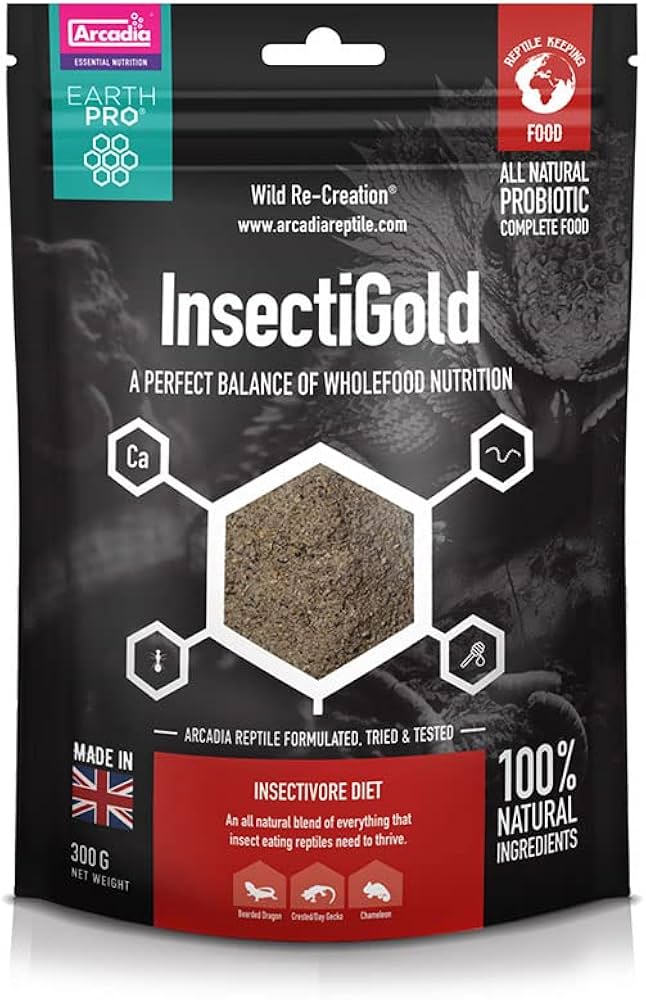
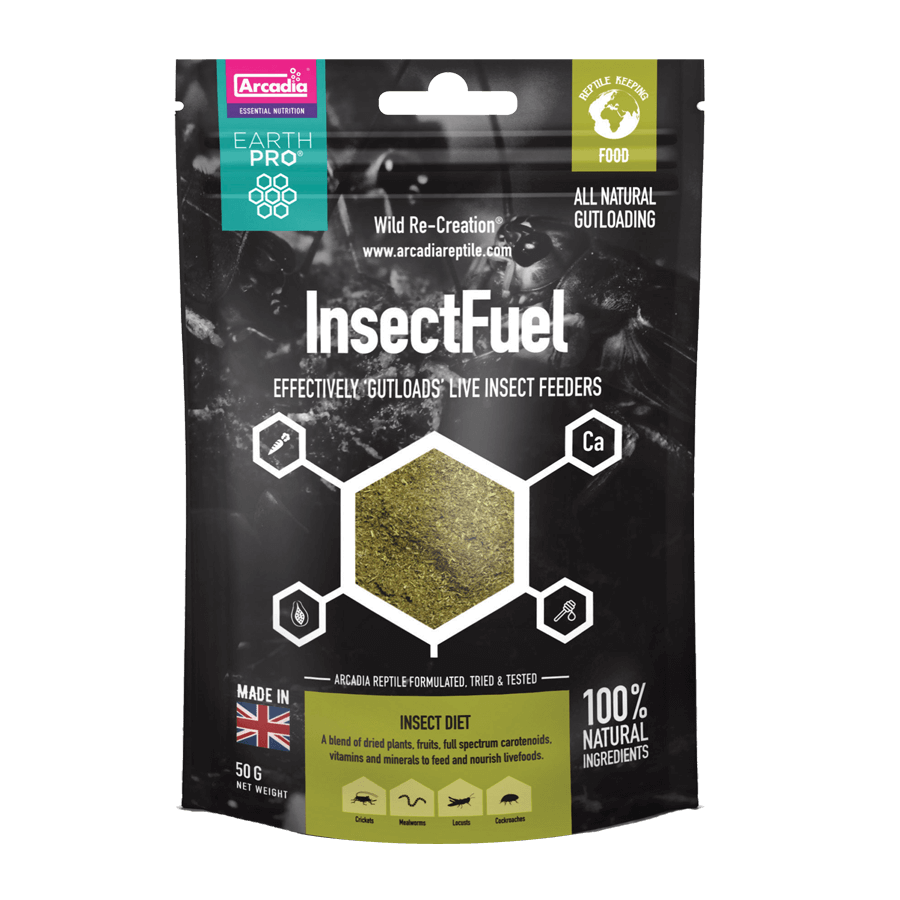
Supplementing your Basilisk Diet
The use of high-quality reptile supplements in the correct amounts at the correct frequencies will help to ensure optimum bone health and skin health for your reptile, and help to avoid a plethora of nutrition-related illnesses such as metabolic bone disease.
EarthPro-A on every feed with CalciumPro Mg every 4th feed on all items. A quality powder with D3 and A at feed 6 or 8 as a cycle.
Check out the feeding schedule using the link below
https://www.arcadiareptile.com/earthpro/feeding-programme/herbivores/
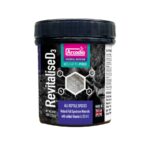
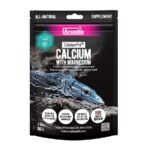
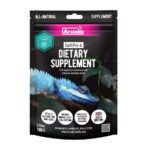
Minimum rehoming Requirements for a Basilisk
You can source all enclosures, equipment, electrics and decor from us as we run a shop.
- 4ft x 2ft x 4ft Vivarium Minimum
- Arcadia Reptile ProT5 39W 12% Kit £65
- 75W Arcadia Reptile Halogen £15
- 50W Arcadia Reptile Deep Heat Projector £21
- Dimming thermostat £55 (you will need 2 thermostats)
- Arcadia Reptile Ceramic bulb holder and plug £15 (you will need 2 bulb holders)
- Habistat Heat Cage £15 (you will need 2 cages)
- Basilisks require large water areas in their enclosure. This needs to be deep enough to bath, ideally swim.
- Substrate and decor is up to you. We advice a Sand X Soil mix as substrate and a minimum of 2 hides and a water dish.
- Ensure Plants are safe for consumption.
Setting up your Basilisk Enclosure
When installing the electrics in your enclosure, you want to create a warm side and cooler side. The halogen and UVB create the warm side. While the ceramic provides a boost to ambient temps when needed.
